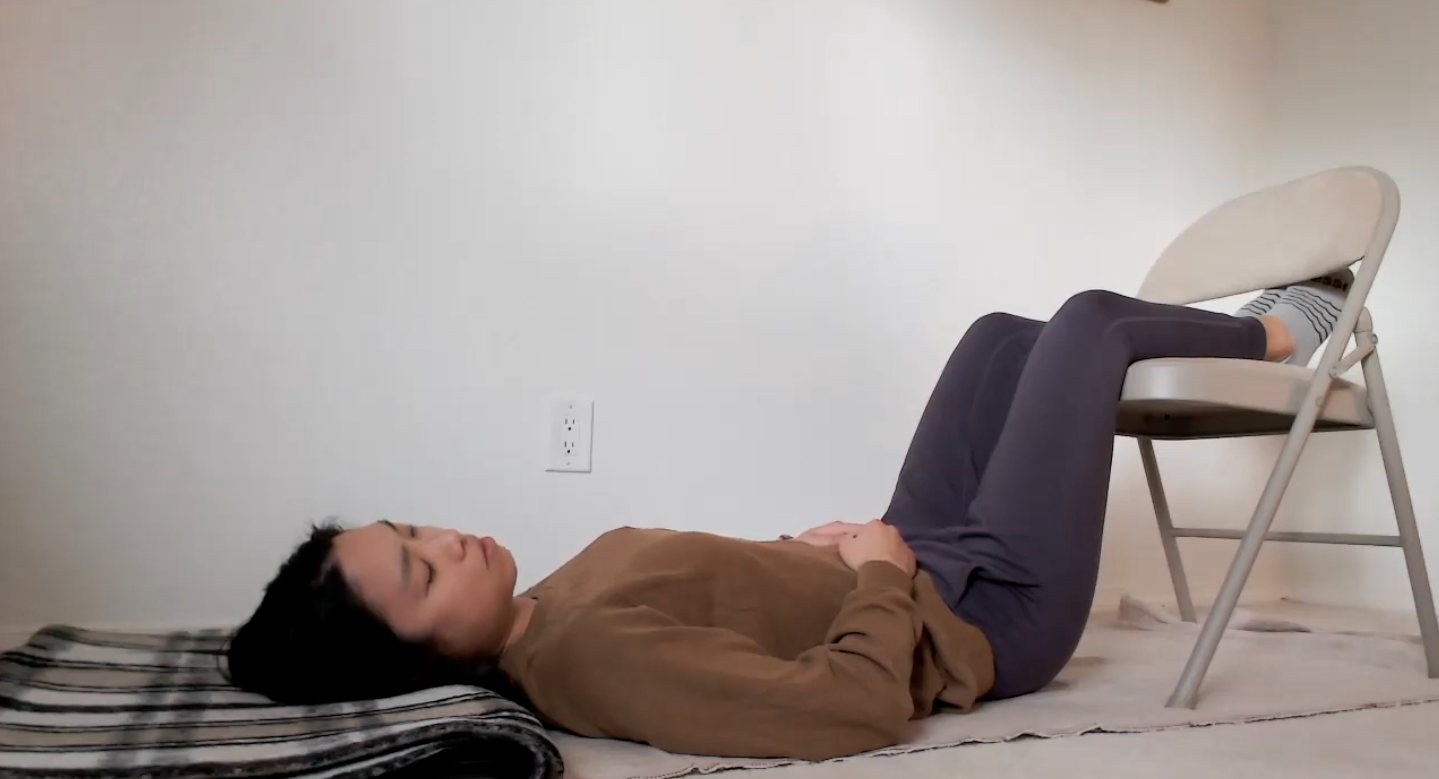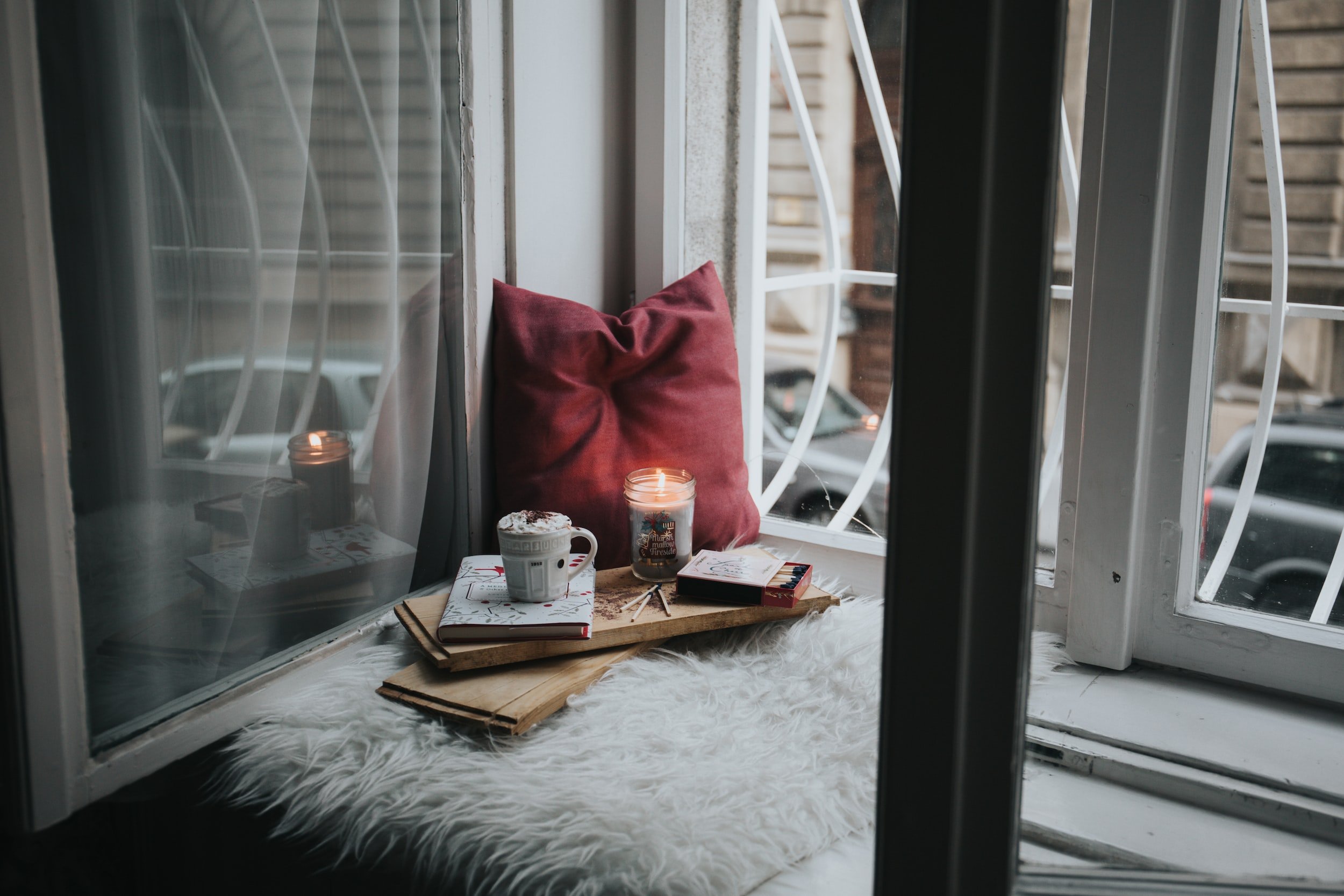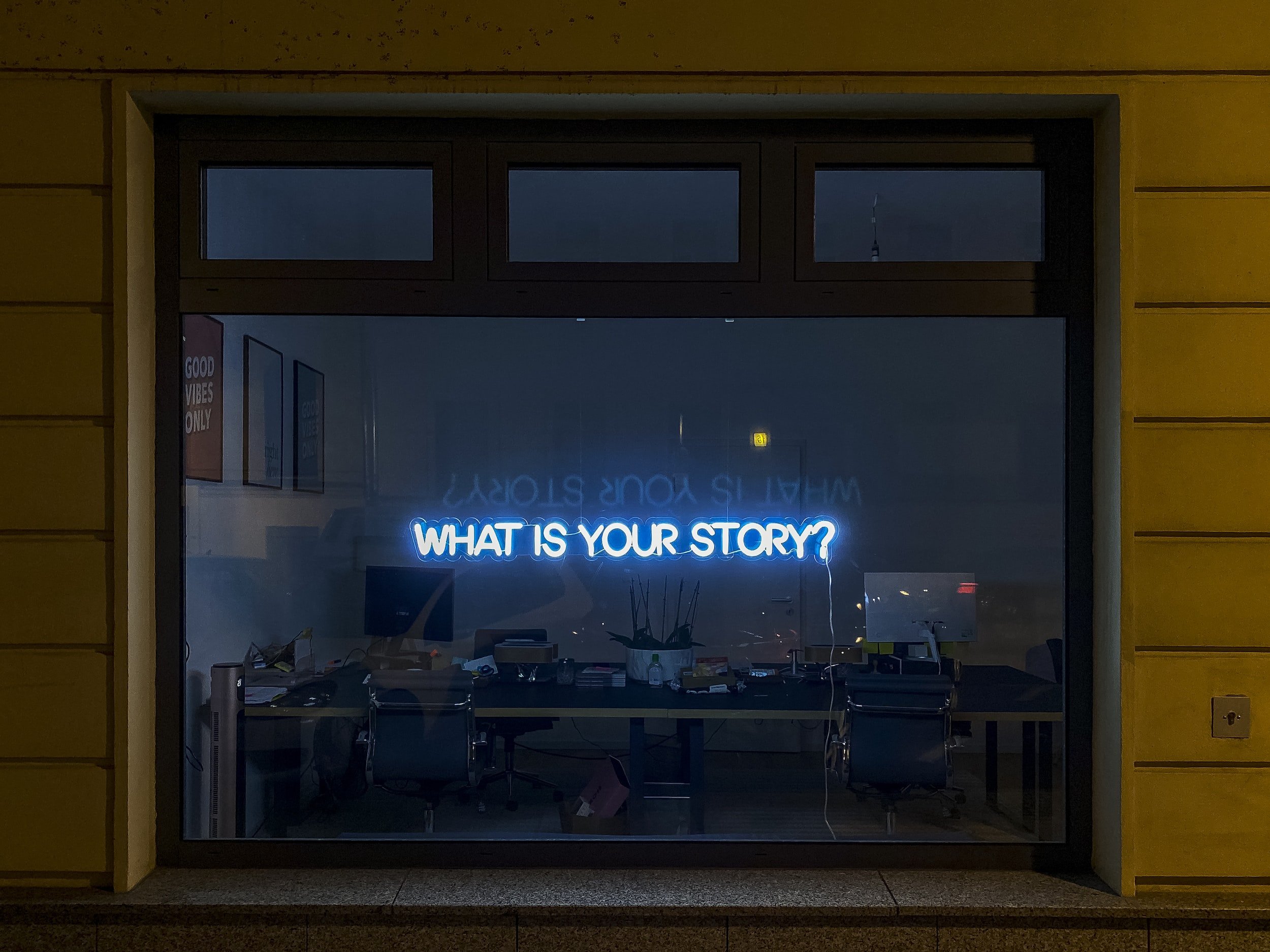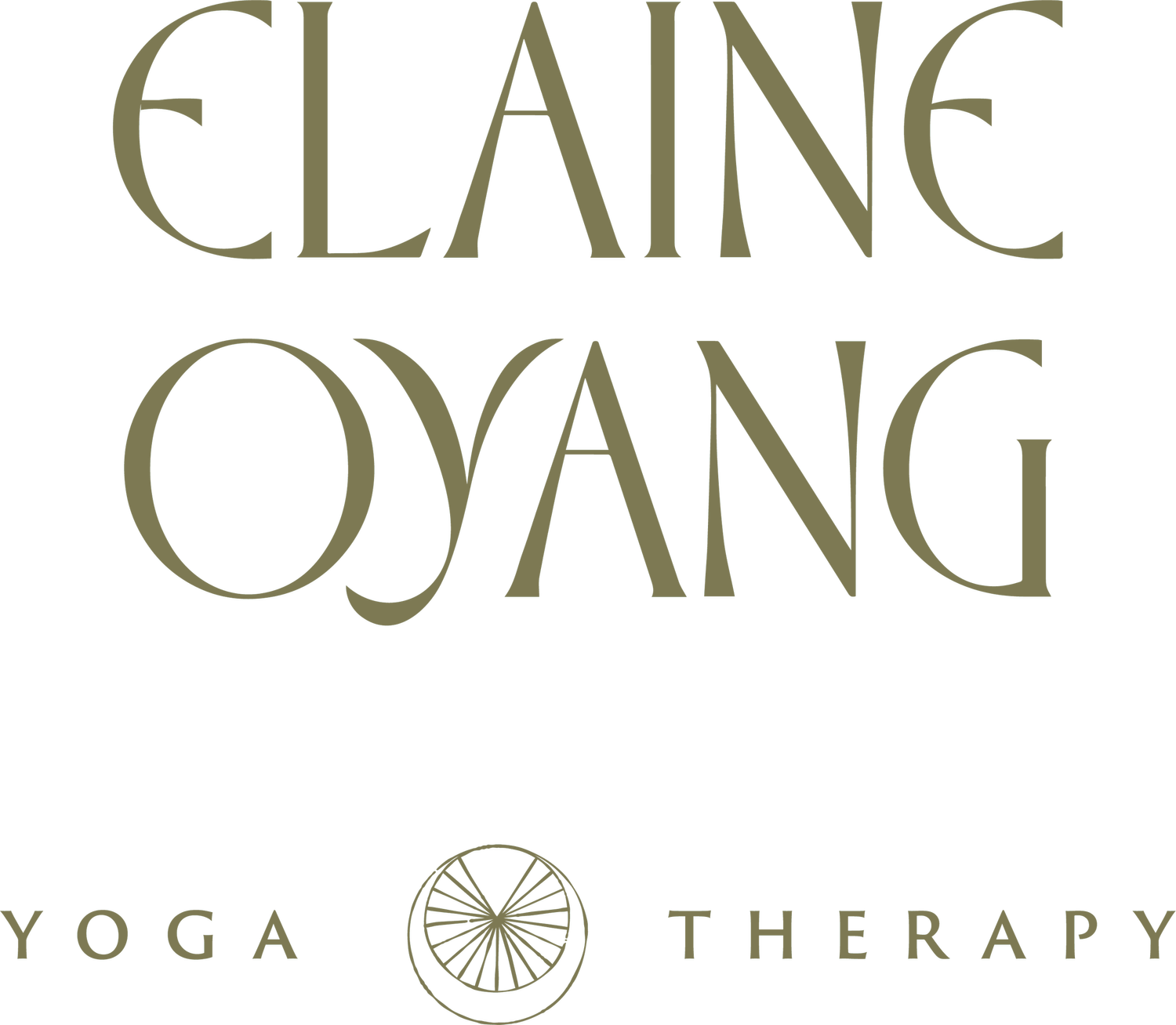
On healing old wounds
I once stepped on a small piece of glass that got lodged inside my right heel. It was so small that at first I didn't see it still stuck in my flesh, and I had thought that the stinging sensation I kept feeling was because my flesh got pricked and it was healing.
After 4 days, the skin over the wound had closed, and yet, I was still feeling a sensitivity everytime I put pressure in that area of my heel. The soreness was dull enough that I could ignore it most of the time, but I also found myself babying my right heel and walking with a slight gait to avoid putting too much pressure. I noticed my entire body becoming tense, rigid, contracted when I had to put my heel down as I went down the stairs.
Though on surface level, everything appeared fine, but the wound itself hadn’t really healed yet. A glass piece must still be lodged in there, and I decided I needed to do something about it.

The importance of self-nurture for anxiety, stress, and depletion
We hustle to get these things done, every day, 7 days a week, only to crash into burnout, depletion, stress, and anxiety. Or perhaps our body pulls the emergency brakes to force us to stop (since we aren’t voluntarily stopping and resting) by throwing out our back, giving us the flu, flaring up pain, and aggravating other physical or mental symptoms of an imbalanced lifestyle. We might rest, or be forced to rest, for a day or two, then we’d get up and try to make up for lost time, which would start the entire cycle of hustle + crash all over again.
With the demands of our modern world, we have lost any sort of self-agency over our own body and life. We are allowing others to steer our chariot rather than us taking the reins.
It is no wonder many of us live in a perpetual weight of anxiety and depletion, barely surviving rather than thriving.
This is why I focus my work on establishing self-nurture rituals with my clients. In the paragraphs below, I’m sharing more about what self-nurture is, and how you can get started on your own self-nurture journey to reclaim a life with more ease and vitality.

How this yoga practice changed my life
Once upon a time in 2016, I was a wee yoga teacher, having only taught yoga for 5 years then. I had been practicing yoga for 10 years at that point, yet I was experiencing a lot of pain in my body. I was getting a bit frustrated as to why my yoga practice was causing me pain and rigidity. After all, isn’t yoga supposed to help rather than hinder the process of healing? If so, why was I constantly feeling agitated over little things, easily stressed out, anxious, and tense?
Unbeknownst to me at the time, I had a lot of repressed emotions, pain, anger, and grief stored inside of me that showed up on the outside as an over-achieving, people-pleasing perfectionist. These are common trauma responses of not feeling validated and not having your needs met (nurture, care, affection, tenderness, etc) in early childhood. Unfortunately, the style of yoga that I was practicing then, vigorous Ashtanga yoga, was in fact exacerbating my patterns and tendencies of being overly ambitious to the point of burnout and extreme dissatisfaction.

What does tension in our heart tell us?
The tension we feel in our body oftentimes can be mapped to certain traumas, past stressors, and repressed memories and emotions that have become "stuck" in our systems. The heart region is a place where emotions of loss, grief, heartbreak, and mistrust can harbor, cultivating more rigidity in this area that it already does due to its anatomical configurations and our modern lifestyles. Learn what physical and emotional symptoms occur when the heart region becomes rigid.

What does tension in our tailbone tell us?
The tension we feel in our body oftentimes can be mapped to certain traumas, past stressors, and repressed memories and emotions that have become "stuck" in our systems. Tailbones are usually gripped and contracted when we are faced with fear and uncertainties. If you regularly feel pain, discomfort, tension, and tightness around your tailbone and lower back, I invite you to watch this video to find out more about how these sensations might correlate to certain stressful events you've experienced in the past.

Be travel-ready this summer without feeling depleted and crashing into pain flares
As exciting and novel as travel is, you are ultimately seeing new things, visiting new places, and being around new people. It can be a lot of stimulation for the body and nervous system.
Here are some suggestions I personally use when I travel to help keep my systems regulated, and not overwhelmed or overly exhausted.

Inner conflict, chaos, and a remedy for chronic neck tension
In my honest opinion, this practice is a better option if you're dealing with chronic neck pain and headaches. This practice positions the neck and head in their neutral positions, which naturally allows for decompression of the neck. The head, being so heavy, can create a strenuous load for the neck if not aligned properly. With this practice, you give the neck an opportunity to fully release the strain, the constrictions, and the rigidity that it carries.

What is the difference between yoga and yoga therapy
As the popularity of yoga continues on the rise, so does the number of students per class. Some studios and classes hold up to 100 people or more in the room, and while there most often will be a couple of assistants in addition to the teacher, this still means approximately 97 blindspots while the teacher and the two assistants watch over of three students in the room at a time. Furthermore, the pace of most yoga classes nowadays is faster to match the demands of people wanting to sweat and build strength. This leaves a wide, vulnerable gap for a new student or a student with previous injuries to injure herself.
In the following sections, I highlight why seeking a certified yoga therapist is important if you are looking to improve your ailments and dis-ease.

How to create a self-care ritual that you will actually stick to
If you, like most women, wear multiple hats, give away your time, and try to do it all with absolute perfection, you might find that your wellbeing takes the very back seat after everyone else’s.
Perhaps, you have tried to do that “self-care” thing that seems so popular nowadays. You created a plan, bought that journal, splurged on the bath oil, and tried meditating with the expensive meditation cushion you bought…for two days…before an unexpected swerve uprooted you yet again from your Instagram-worthy self-care plan.
In this article, I break it down for you step-by-step to create your very own fail-proof self-care plan.

Too busy for self-care?
So why isn’t self-nurture more a part of our daily life, just as brushing our teeth is?
We were taught from a young age to take care of our teeth, but not taught the value of taking care of our mental and emotional well-being.
Having self-nurturing practices in your day serve as anchors for your life. It is hygiene for your soul and your mind just as brushing your teeth is hygiene for your teeth.

A more helpful breathing technique for flare-ups, anxiety, and overwhelm
Have you found that trying to calm yourself down with deep breaths don't always work when you're in the midst of anxiety, panic attack, or flare-up?
That is usually because you're forcing your body to suppress the very natural nervous system responses to these overwhelming things rather than addressing them.

How to afford self-care
You work hard so that you can afford self care...whether with time or money.
But that time you CRAVE for self-care never seems to materialize.
Unfortunately, most of us don’t realize self-care is not something you buy or wait until you have time for.
It’s a way of life.

Your pain and tension tells a story
Ever wondered why certain tensions in your body never seem to go away?
Despite how much time you spend stretching or money for massage, some always seem to come back again and again. There may be deeper reasons for these layers of tensions to be there, and to understand what they're trying to tell you, you have to go within to uncover stress responses that may be unresolved from years ago.

"You are as old as your spine"
Our spines are built to be strong and supple, yet the stress and rigors of daily life have made our spine rigid, desiccated, and vulnerable.

For the stressed and depleted women who do too much
You are tired.
So, so tired.
But you don't know if you can stop.
You are afraid to stop.
You are afraid that, if you stop, the threads of your world,
And the worlds around you,
The threads you work so hard to keep together,
Will come apart very quickly.
You bear the compression,
Of the world inside of you,
Of the world around you,
And of the worlds before you.
The compression,
Bottled and pushed down inside,
Is leaking out.

Be angry
Anger is an emotion that is often touted as "bad" in our society. For a long time, I had thought that too, because I was raised that way along with many others. However, as I dive more into the neuroscience of trauma, I am learning that healthy anger is necessary.

“You just need to relax!”
Relax, relax, relax!
It feels as if the more we "try" to relax, the harder it becomes, and our bodies become more tense.

How to get a stronger core (and it’s not what you think!)
There is a modern obsession of “strengthening the core.”
Perhaps many think that strengthening the core can help them achieve a six pack, resolve their back pain, or they’re just doing it for the sake of the popular opinion.
We often believe we need to do planks, sit-ups, and other core exercises we can think of to strengthen our core. But here's an alternative (and unpopular) opinion, but effective if you struggle with back pain that only gets exacerbated when you try core strengthening exercises.
I’m not saying that we shouldn’t have a strong core. In fact, it is essential that we have a core that is strong enough to support us in our upright stance and to provide mobility (bending forward, back, twisting, sideways).
This notion of “rock-hard” abs is so trendy. But would you believe me if I said I don’t want my core to be “rock-hard?” After all, rocks are rigid and they shatter upon impact. Rather, I’d like my core to be like water.

Change your pain in 5 minutes
Myth 👉🏼 You need to exercise regularly to help with chronic pain
🤔 I don’t believe so ❌
“Exercise” gives us the idea and illusion that we *must* spend X amount of time and Y amount of energy.
It’s not your fault that you already feel defeated and exhausted before you even start!
So instead of “exercising,” what should you do instead?

Ditch “exercise” to overcome chronic pain
The thought of “exercising” can also feel very daunting and overwhelming. The mere thought of it already wears you out, not to mention that most exercise programs that are 20-60 minutes long can overstrain your body and energy.
So, instead of thinking that you *MUST* exercise to get stronger and overcome pain, I suggest this instead.

